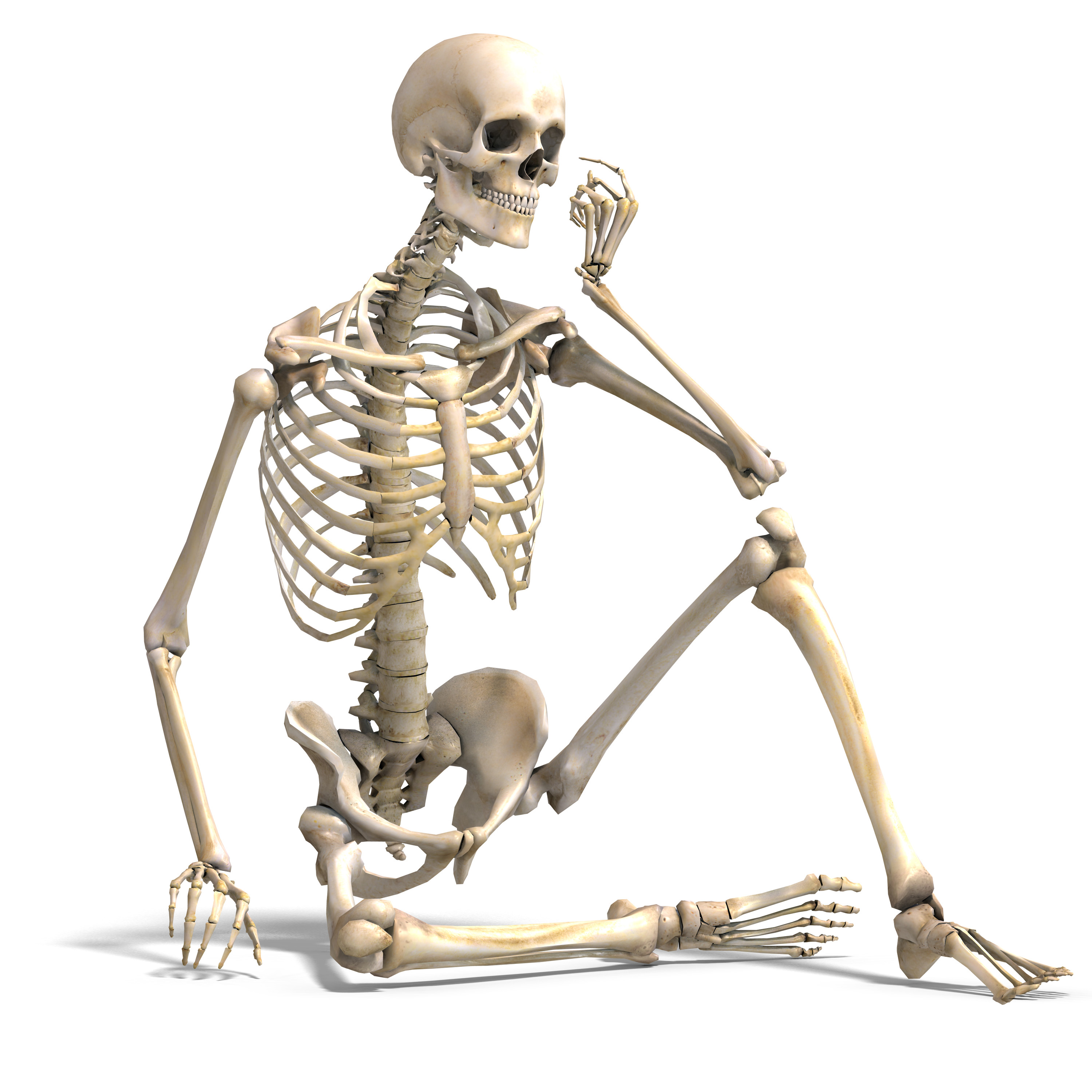
Why we need to know the basics about muscles is simply because they are attachment sites for the muscles, and the muscles are often named off of their location on the bones. Joints generally use this in their name as well. So even if the names of the muscles in my last post sound intimidatingly long, trust me, if I can figure this out, you can too! Often the names for the bones are slightly shortened though, like carpi for meticarpals.
Also, if you want a no brainer, longus means a long muscle in comparison to it's twin. The twin is short, or as I like to think of it, abbreviated, the shortened form is of that is brevis. So if there is a longus, there is a brevis.
You will also need to know that an epecondyle is a protuberance above or on the condyle of a long bone, especially either of the two at the elbow end of the humerus.
There are also other ridges and grooves found in the bones. A supracondylar ridge means a ridge in a bone that is over or above an epicondyle.
There are also fossas, which are cuped shaped holes that fit either muscles or bones in them. There are tuberocities, which are rounded prominence; usually serving for the attachment of muscles or ligaments. As well there are processes. These are projections or outgrowths of tissue from a larger body.
There are also fossas, which are cuped shaped holes that fit either muscles or bones in them. There are tuberocities, which are rounded prominence; usually serving for the attachment of muscles or ligaments. As well there are processes. These are projections or outgrowths of tissue from a larger body.
A baby starts life with 270 bones in their body, but as they fuse in adulthood, they form 206 of them.
Some important numbers to know are these:
Vertebral column – 24 vertebrae
Cervical – 7
Thoracic – 12
Lumbar – 5
To help remember these last 3 numbers, think of the times you would eat breakfast (7) lunch (12) and supper (5).
To help remember these last 3 numbers, think of the times you would eat breakfast (7) lunch (12) and supper (5).
Ribs – in all there are 12
True Ribs – 7, They attach to the sternum (the breast bone) in the front. They are rib 1 thru 7
False Ribs – 5, They do not directly connect to the sternum. They are rib 8 thru 12
Floating Ribs – 2, As their name suggests, Floating ribs do not attach to anything. They are rib 11 & 12
While not getting into the actual bone names here, they are very important to know! These will get you off to a good start with the connection with the bones and muscles though, as we will get into those more.
While not getting into the actual bone names here, they are very important to know! These will get you off to a good start with the connection with the bones and muscles though, as we will get into those more.